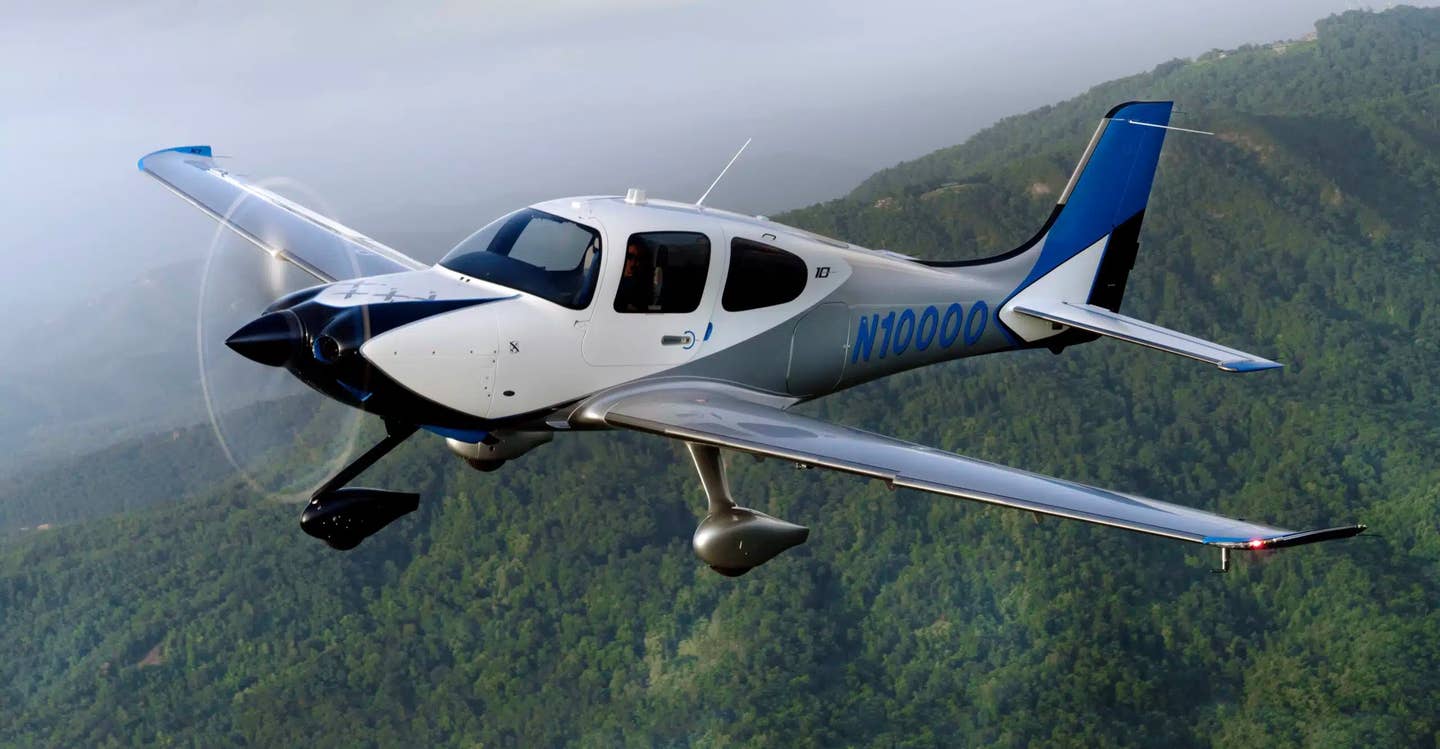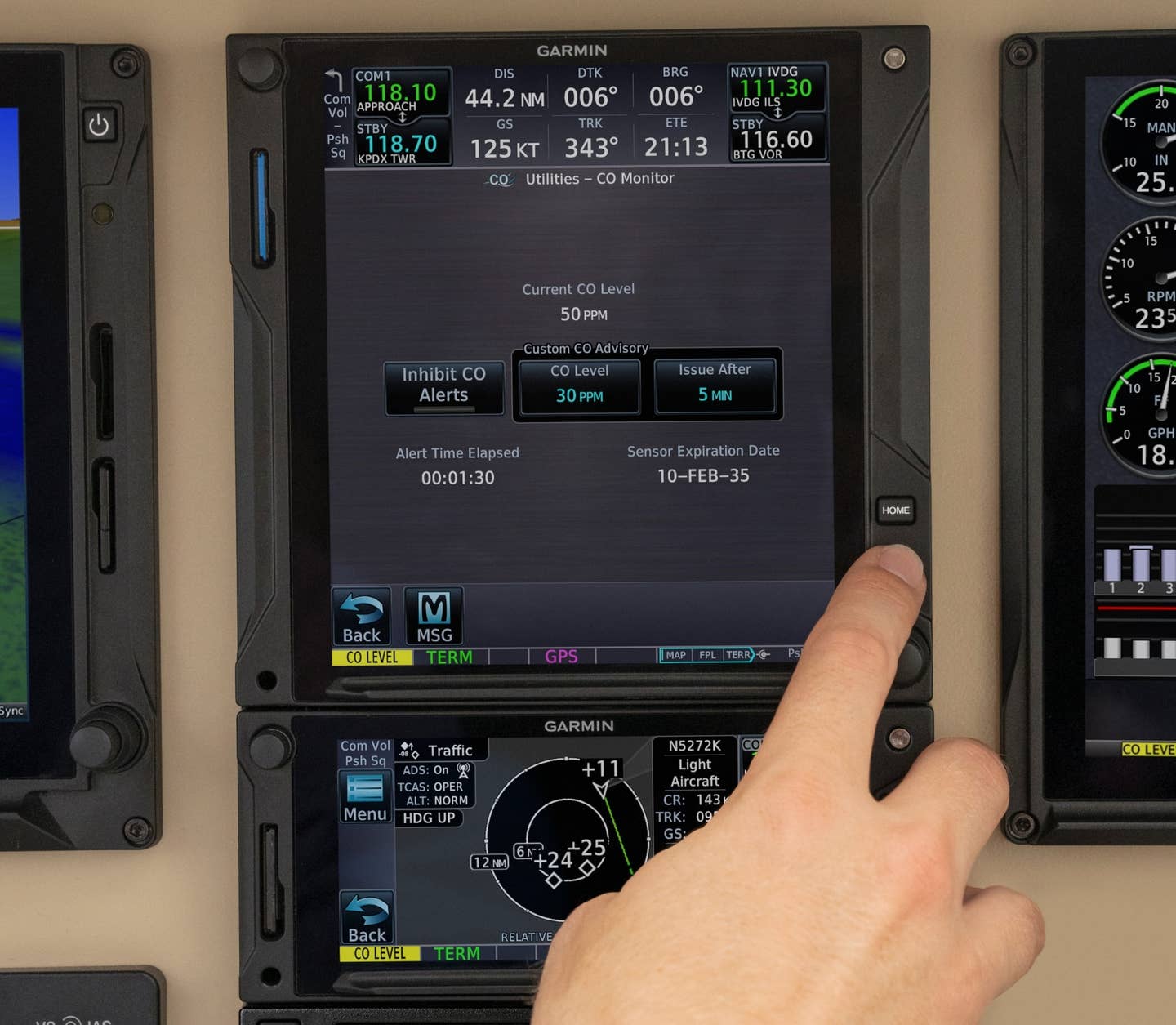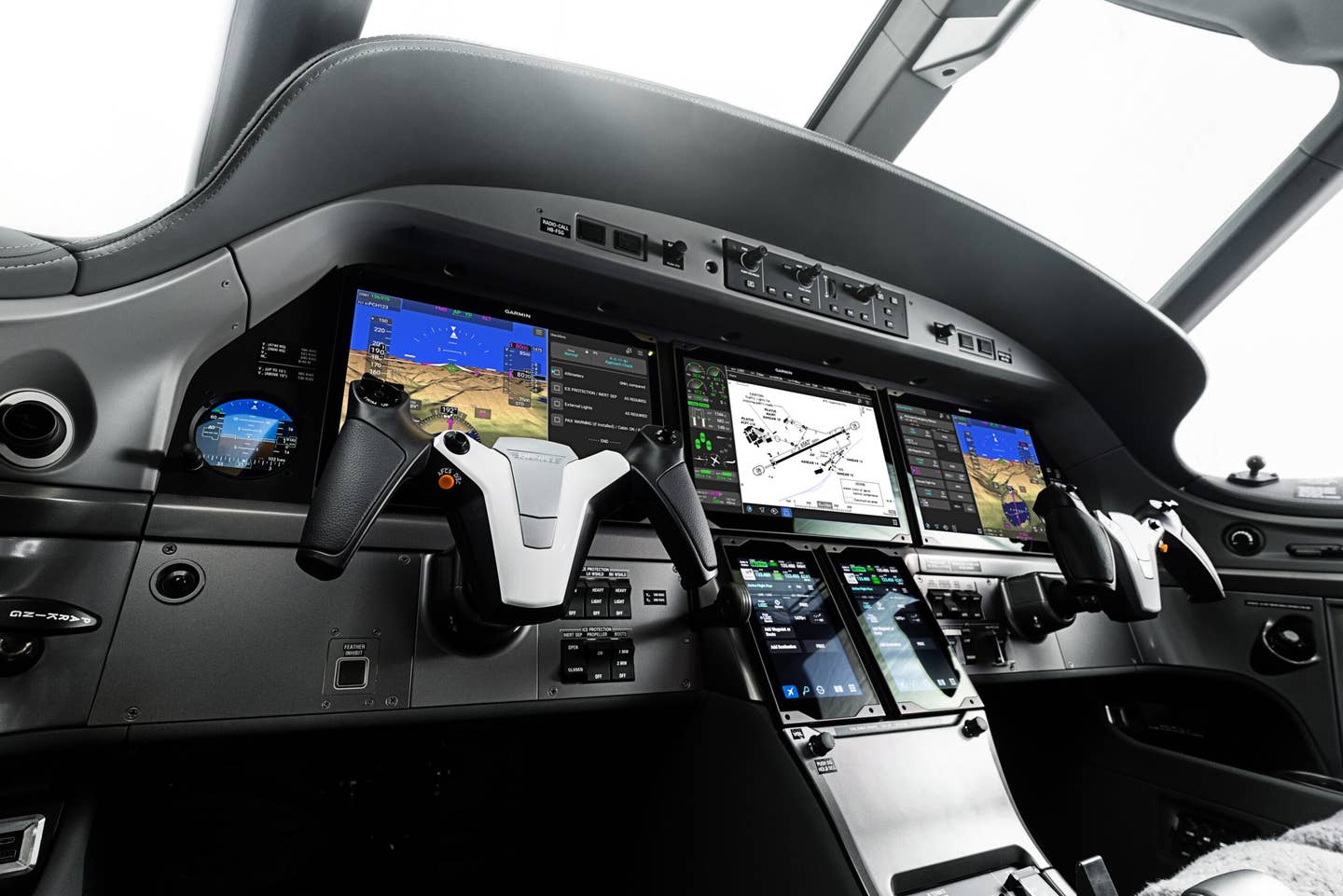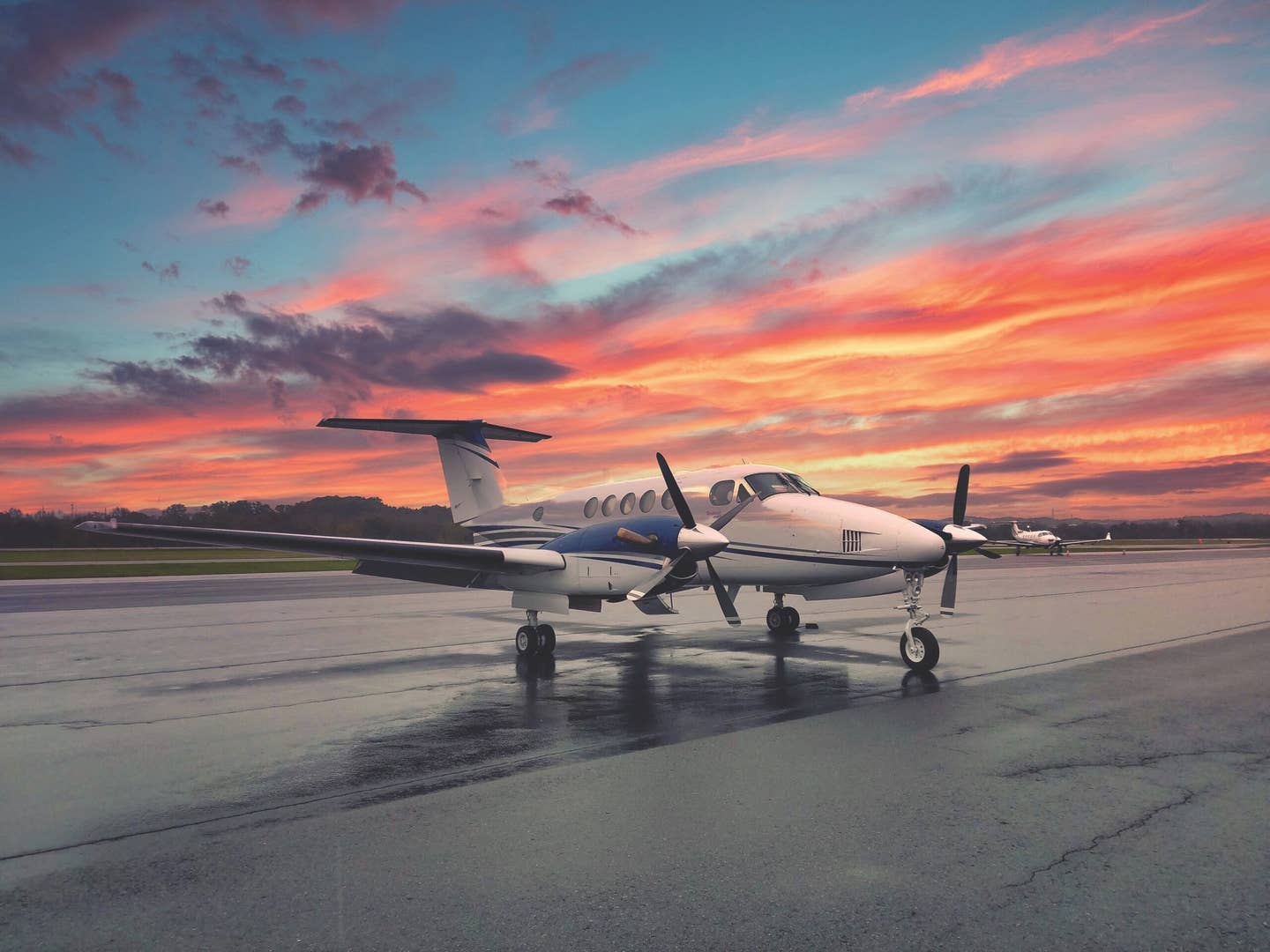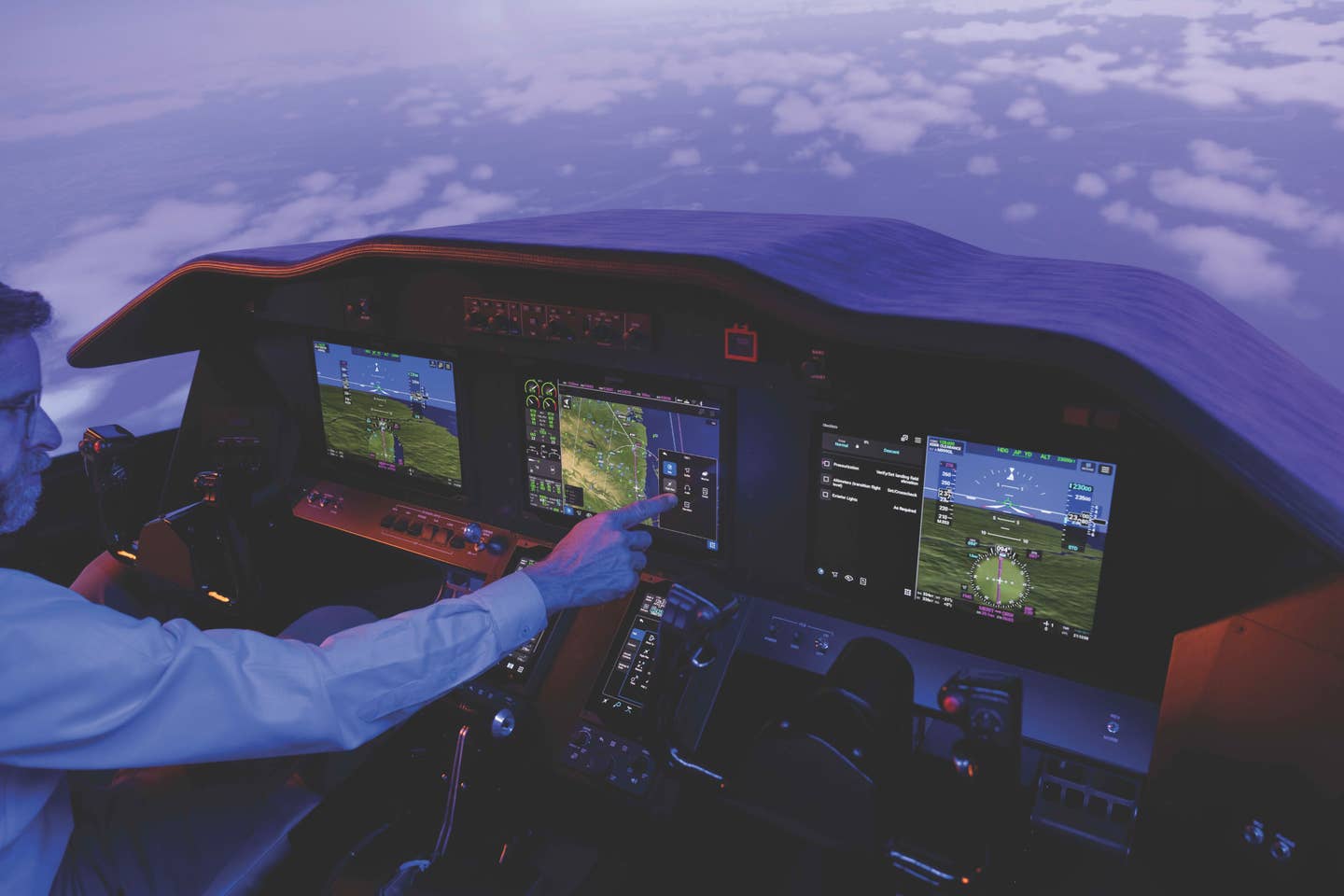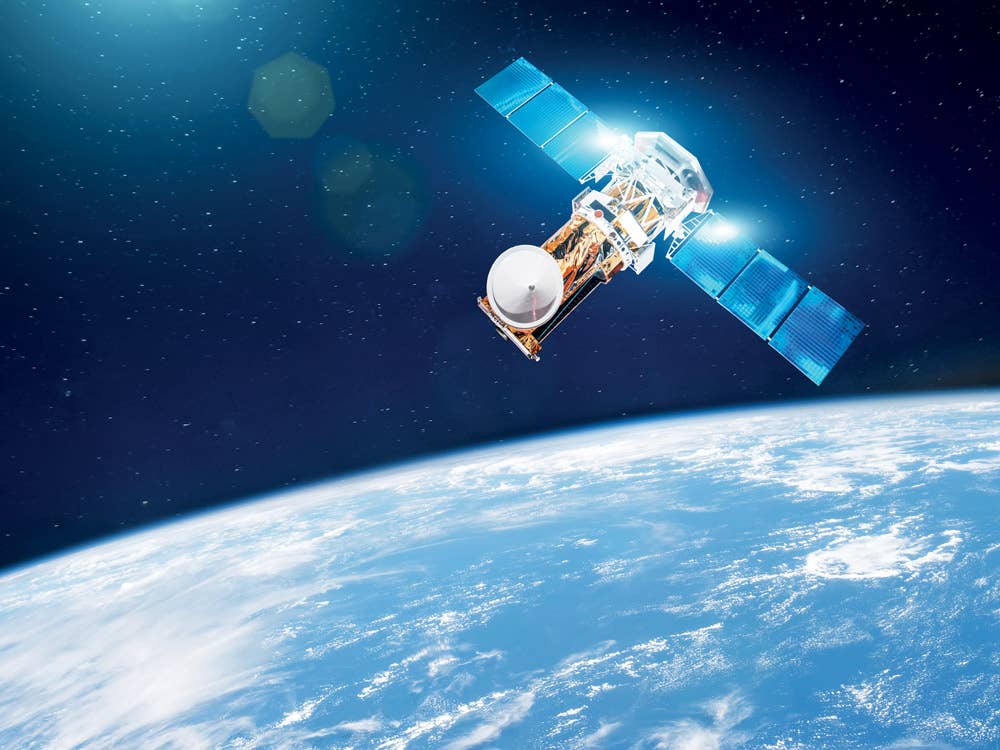
If you haven’t already upgraded your avionics, now is the time to get serious. iStock/aapsky
If you're an aircraft owner and have not yet installed ADS-B Out equipment in your airplane, you're running out of time. The mandate goes into effect Jan. 1, 2020, and if you're not compliant you won't legally be able to fly in most controlled airspace. And if you don't act quickly your airplane might be grounded for some time after this year's end. Experienced avionics shops are already overloaded with work and are scheduling installations far in advance.
Jeff Landon of High Desert Avionics in Lancaster, California, said he is booking ADS-B installations about five months ahead. His business is booming not only because of the mandate, which represents about 60 percent of his business, but also because of several new STCs, such as Garmin's G5 display upgrade and recently certified autopilots that owners are installing.
If your flight missions don’t go beyond fun hops in uncontrolled airspace, don’t worry. Spend your money on avgas instead of ADS-B. In fact, you can even fly IFR as long as you stay out of the airspace defined in the ADS-B rules. Aside from some exceptions, your airplane must be equipped with ADS-B Out in any Class E airspace above 10,000 feet — not including areas below 2,500 feet agl — or in or above Class B or C airspace, within Mode C veils, in Class A airspace and above 3,000 feet within 12 miles of the coast in the Gulf of Mexico.
There are many systems on the market to choose from, but it is important that you get one that fits your needs. Your first consideration is evaluating what type of flying you will do.
The lower-cost 978-MHz UAT transceivers will only work if you're flying below 18,000 feet, so turboprop and jet operators definitely have to go with a 1090ES system. Before you settle on a specific system, check whether it offers ADS-B In and Out, or only Out. While only the ADS-B Out functionality is required, it's well worth it to spend the additional money to get ADS-B In. The Out portion transmits your data while the In portion gives you real-time, subscription-free weather and traffic, which can be displayed on various platforms. If you are on a tight budget, you can still get ADS-B In through a low-cost portable unit and run it on your iPad.
Find a good avionics technician who will take the time to thoroughly evaluate your panel. There might be other worthwhile equipment upgrades you can take advantage of while your panel is ripped apart, particularly if you're flying a turboprop or jet. If your panel is thoroughly outdated, it might make sense to add capabilities such as electronic primary-flight instruments or a WAAS GPS or MFD for mapping, charting and more. For example, PFDs and MFDs from Aspen Avionics communicate with ADS-B In from several manufacturers to display the traffic and weather data.
Garmin’s GTN- and Avidyne’s IFD-series GPS/na/comm/MFD systems, also integrate directly with some ADS-B systems to display ADS-B In data. These systems provide outstanding utility with moving maps, precision GPS approach capability, the ability to display charts and airport maps and much more. Much of the cost of the installation is tearing the airplane apart and putting it back together.
Your local avionics shop might not be very experienced with major installations, so make sure to do some research before you allow anyone to start tearing your panel apart. Now that many owners and operators have gone through the switch to ADS-B, you should have some local friends who can provide first-hand experience with shops that are close by. The one who offers the lowest quote might not be the least-expensive in the end. A flawed installation can end up costing far more than going to a more expensive expert from the start.
Because the equipment installation is mandatory, the FAA has offered some assistance with the cost of the equipage. A $500 rebate has already been claimed by thousands of aircraft owners. If you can get started on your installation soon, you can still take advantage of the rebate. The program has been extended until October and while there is a limited number of rebates, there are still thousands available. The process is relatively easy and well worth your effort, but be aware you need to start the rebate process before the installation begins.
If you’ve been holding off on ADS-B in hopes of cheaper systems popping up, you might have waited a bit too long. While some lower-cost options have been introduced over the past few years, the pricing of some units has actually increased in the past year, in some cases by as much as 20 percent.
One unit that has increased in price, but is still likely the least-expensive solution on the market, is the uAvionix skyBeacon. The 978-MHz UAT hardware costs $1,849, but the biggest benefit is the ease of installation. While the installation cost on most systems varies widely for each airplane and, for some, can run into the thousands, the skyBeacon's is very predictable. It simply replaces a wingtip position light with an LED light and requires minimal installation time — the company claims 10 minutes. Experimental aircraft owners can install the product themselves, but certified aircraft require an avionics technician or aircraft mechanic to do the work. The unit provides the required WAAS GPS, ADS-B Out as well as strobe and nav lights. After the installation is complete, the skyBeacon is configured with a mobile Android or iOS device.
One of the most capable units is L3's NGT-9000 Lynx ADS-B transponder, which has its own digital touch display featuring traffic, terrain, weather — including Nexrad, ATIS, metars and TAFs — and airspace. Lynx provides 1090ES ADS-B Out and brings ADS-B In from 1090 MHz and 978 MHz frequencies. The unit also integrates with many MFD systems, so you can get the data on a larger display. Pricing varies depending on which capabilities you choose. For example, terrain and audible alerts are optional.
Read More: Aireon Satellite-Based ADS-B Goes Live
There is a long list of ADS-B options in between the skyBeacon and the Lynx, including affordable options from Garmin and Appareo Systems. If you already have made upgrades to your panel, or are thinking of making some, be sure those systems can communicate with the ADS-B product you pick.
For some legacy turbine-aircraft owners, upgrading to ADS-B could become an expensive affair. You might spend tens of thousands of dollars, or more, to get the panel up to snuff. Make sure you find a competent shop to guide you.
Fortunately, there are also some potential savings. The biggest might be the availability of subscription to free, real-time weather services. Another benefit ADS-B has provided is the elimination of the RVSM approval requirement, as long as the aircraft meets the altitude requirements. RVSM still remains between FL 290 and FL 410 and allows aircraft separation minimums of 1,000 feet, but the implementation of ADS-B eliminates the RVSM application requirement for aircraft.
The rule is already in effect and the application process will be completely eliminated Jan. 1 when non-ADS-B-equipped aircraft can no longer fly in RVSM airspace.
Bottom line, it’s high time to make appointments for evaluations and installations now if you don’t want to be grounded at the end of the year.

Sign-up for newsletters & special offers!
Get the latest FLYING stories & special offers delivered directly to your inbox

